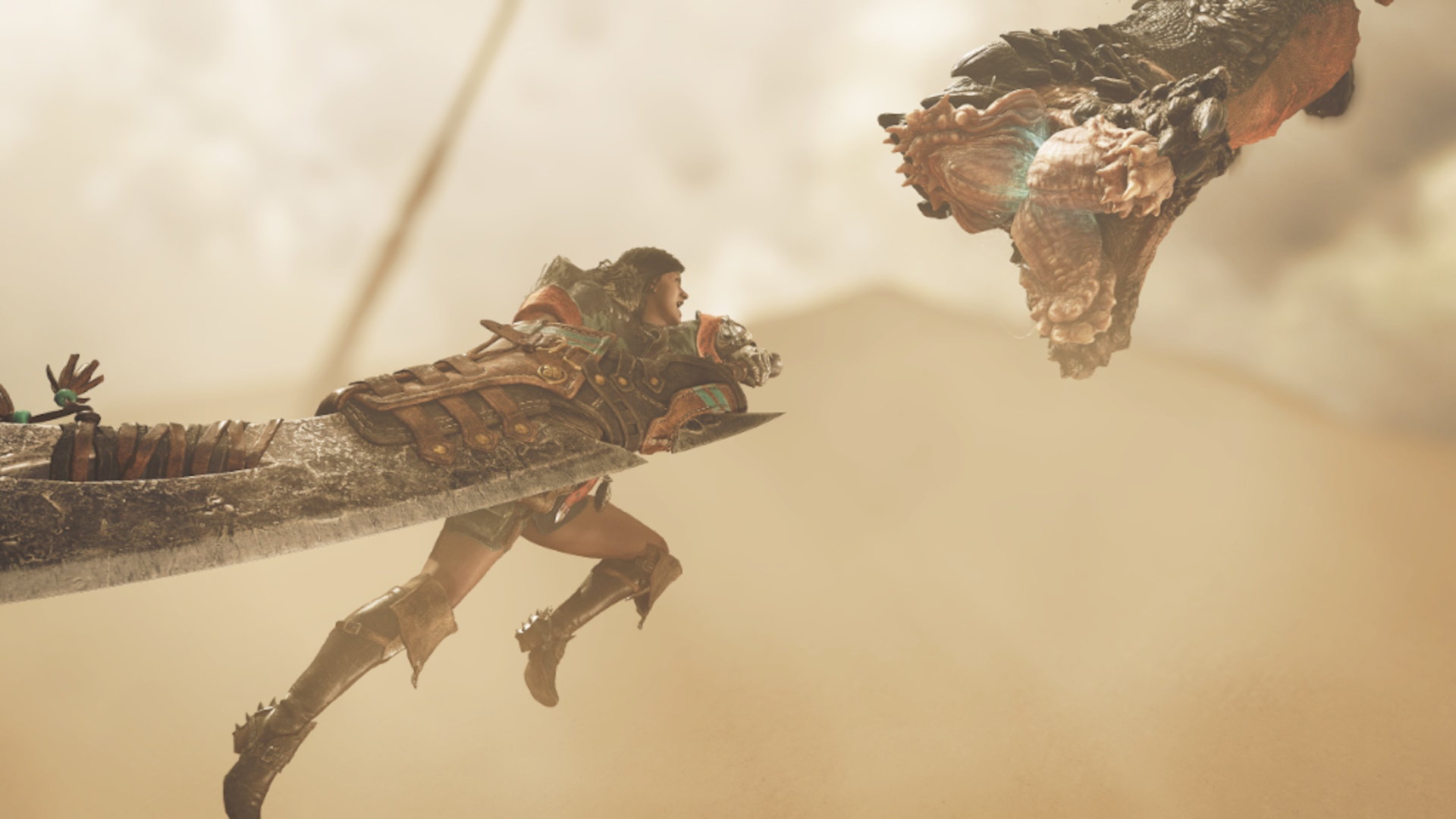Why doesn't Monster Hunter Wilds bring back underwater combat? Former series producer reckons it's like making a whole extra game: "It's really, super hard"
At least we're getting some more leviathans in Monster Hunter Wilds

Ever since 2010's Monster Hunter 3 (Tri) and its Ultimate follow-up, a small but devoted group of series fans has been asking for a new installment to revive the underwater combat that helped define the odd third-gen entries. Monster Hunter World, arguably the most realistic game in the series to date, made no mention of it, and Monster Hunter Wilds basically looks like Monster Hunter World 2, again with no underwater combat in sight. The cynic in me wants to say that underwater combat just wasn't very fun, or was at least much weaker than normal combat, but former series producer Shintaro Kojima has a more sophisticated theory: "It's really, super hard" to make.
Kojima was assistant producer on Monster Hunter Tri and had been on the series in some capacity since the original PS2 cult classic, ending his run with Monster Hunter Generations. As Automaton spotted, with underwater discourse resurfacing yet again in the lead-up to Monster Hunter Wilds, he discussed the challenges of recreating the fighting style, likening it to "making a separate game."
"If the game already has ground-based battles, then [adding underwater combat] is like making a separate game," he said in a tweet (translated by Automaton). "It’s difficult. It’s really super hard."
Underwater fights functioned a bit like the dramatic set piece encounters in World in the sense that they totally upended normal combat, but instead of gimmicks and tools they came with a whole new suite of movement and attack animations for your character. Moving, gathering, and especially fighting underwater looked and felt totally different, and even though there are only a few water fights relative to the whole monster roster of Tri, these sections had a big impact on the feel and flow of the game.
Naturally, as Kojima says, this created a lot of extra work for the dev team. In a 2017 interview with GameSpot, OG Monster Hunter director Kaname Fujioka said the underwater sections were an immense challenge, and "for the amount of time and effort it takes to make underwater action work, we felt that in [Monster Hunter] World we're better off focusing on other things."
Monster Hunter Wilds, which is notably adding at least one of the leviathan-type monsters previously featured in underwater combat, is evidently following a similar route: focusing on what it's best at rather than trying out game-warping experiments. But hey, at least we can swim and gather things underwater in Wilds.
Monster Hunter World turned a cult classic into a phenomenon, and Capcom wants Monster Hunter Wilds to go even further beyond: "There are certain things you have to have in place to be a global level hit."
Sign up to the GamesRadar+ Newsletter
Weekly digests, tales from the communities you love, and more

Austin has been a game journalist for 12 years, having freelanced for the likes of PC Gamer, Eurogamer, IGN, Sports Illustrated, and more while finishing his journalism degree. He's been with GamesRadar+ since 2019. They've yet to realize his position is a cover for his career-spanning Destiny column, and he's kept the ruse going with a lot of news and the occasional feature, all while playing as many roguelikes as possible.


